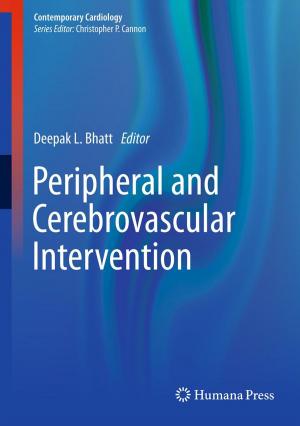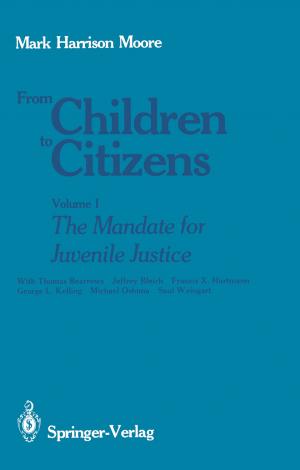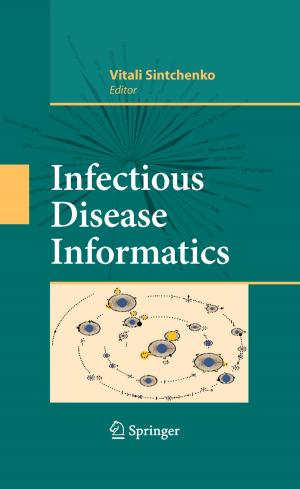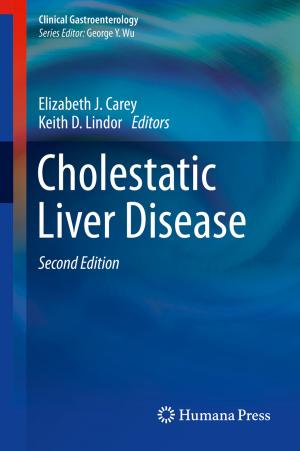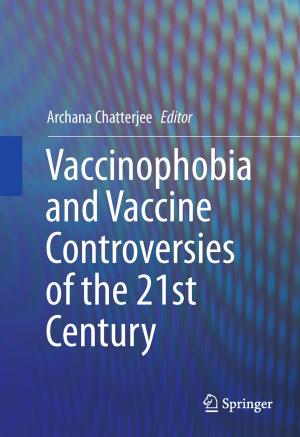Human Immunodeficiency Virus type 1 (HIV-1) and Breastfeeding
Science, Research Advances, and Policy
Nonfiction, Health & Well Being, Medical, Nursing, Maternity, Prenatal, & Women&, Ailments & Diseases, Infectious Diseases, Epidemiology| Author: | ISBN: | 9781461422518 | |
| Publisher: | Springer New York | Publication: | March 28, 2012 |
| Imprint: | Springer | Language: | English |
| Author: | |
| ISBN: | 9781461422518 |
| Publisher: | Springer New York |
| Publication: | March 28, 2012 |
| Imprint: | Springer |
| Language: | English |
The HIV pandemic continues to levy a heavy burden on the human race world-wide. The estimated number of people who became newly infected with HIV in 2009 was 2.6 million; most of these individuals live in Sub-Saharan Africa, followed by India and Southeast Asia. An estimated 370,000 new cases of pediatric infections occurred globally in 2009 (or more than 1,000 new infections every day), practically all of them through mother-to-child transmission. Up to 40% of all new infant HIV infections occur during breastfeeding. While breastfeeding by HIV-infected mothers is not recommended in the U.S. and other resource-rich settings where safe replacement feeding is easily available, the situation is different in many resource-limited settings, where replacement feeding is not safe or available and carries a high risk of infections (diarrhea, pneumonia) and infant malnutrition. Mothers in such settings are faced with a difficult dilemma: to breastfeed their infants in order to provide their infants with its many benefits (nutritional, immunologic, cognitive), but to also risk transmitting HIV. These challenges have prompted an intensive search for new prophylactic and therapeutic strategies in order to prevent infants from acquiring HIV infection through breastfeeding.
In this book, expert HIV researchers critically review every aspect of this highly evolving and topical subject. The opening chapters deal with the epidemiology, global magnitude and biologic mechanisms of HIV-1 transmission from mother to child through breastfeeding and include considerations of the virus (quantity, compartments, characteristics) and the host (genetic, immunity-innate, cellular, humoral). The effects of breastfeeding on the HIV-infected mother’s health and nutritional status, and the social and cultural issues associated with the practice of breastfeeding are also discussed. The next few chapters provide cutting-edge reviews of the latest approaches to prevention of HIV transmission to the infant through breastfeeding, including antiretroviral strategies, nutritional and immune-based approaches, and treatment of expressed breast milk. The remaining chapters provide a fascinating review of the many iterations this subject has received, as reflected in the several different sets of guidelines for infant feeding by HIV-infected mothers issued by the World Health Organization, and a debate by leading scientists on whether HIV-infected mothers should breastfeed their infants-in resource-limited and in resource-rich settings. A comprehensive overview of the current state of implementing the new evidence for prevention of breastfeeding transmission of HIV all over the world is also presented.
Essential reading for the many disciplines of scientists and clinicians working on HIV/AIDS and other retroviruses, pediatricians, obstetricians/gynecologists, as well as all health-care professionals interested in expanding their understanding on the subject.
The HIV pandemic continues to levy a heavy burden on the human race world-wide. The estimated number of people who became newly infected with HIV in 2009 was 2.6 million; most of these individuals live in Sub-Saharan Africa, followed by India and Southeast Asia. An estimated 370,000 new cases of pediatric infections occurred globally in 2009 (or more than 1,000 new infections every day), practically all of them through mother-to-child transmission. Up to 40% of all new infant HIV infections occur during breastfeeding. While breastfeeding by HIV-infected mothers is not recommended in the U.S. and other resource-rich settings where safe replacement feeding is easily available, the situation is different in many resource-limited settings, where replacement feeding is not safe or available and carries a high risk of infections (diarrhea, pneumonia) and infant malnutrition. Mothers in such settings are faced with a difficult dilemma: to breastfeed their infants in order to provide their infants with its many benefits (nutritional, immunologic, cognitive), but to also risk transmitting HIV. These challenges have prompted an intensive search for new prophylactic and therapeutic strategies in order to prevent infants from acquiring HIV infection through breastfeeding.
In this book, expert HIV researchers critically review every aspect of this highly evolving and topical subject. The opening chapters deal with the epidemiology, global magnitude and biologic mechanisms of HIV-1 transmission from mother to child through breastfeeding and include considerations of the virus (quantity, compartments, characteristics) and the host (genetic, immunity-innate, cellular, humoral). The effects of breastfeeding on the HIV-infected mother’s health and nutritional status, and the social and cultural issues associated with the practice of breastfeeding are also discussed. The next few chapters provide cutting-edge reviews of the latest approaches to prevention of HIV transmission to the infant through breastfeeding, including antiretroviral strategies, nutritional and immune-based approaches, and treatment of expressed breast milk. The remaining chapters provide a fascinating review of the many iterations this subject has received, as reflected in the several different sets of guidelines for infant feeding by HIV-infected mothers issued by the World Health Organization, and a debate by leading scientists on whether HIV-infected mothers should breastfeed their infants-in resource-limited and in resource-rich settings. A comprehensive overview of the current state of implementing the new evidence for prevention of breastfeeding transmission of HIV all over the world is also presented.
Essential reading for the many disciplines of scientists and clinicians working on HIV/AIDS and other retroviruses, pediatricians, obstetricians/gynecologists, as well as all health-care professionals interested in expanding their understanding on the subject.




